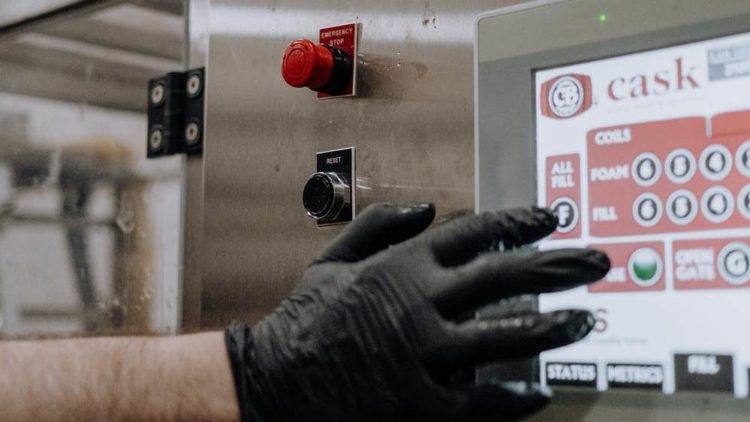As we move into 2021, businesses in Asia-Pacific can achieve greater value by visualising their operations through both real-time data (computer vision) and source system data (ERP systems). They can turn that enhanced visibility into intelligence to drive automated decisions to the front line, with the combined value of these technologies, enabling them to take better actions.
Automate with computer and machine vision
Developments in computer vision and machine vision solutions are delivering more precise depictions of on-site, regardless of industry. Computer vision systems enable solutions to visually interpret and understand the world in a broader, more dynamic way.
Computer vision can provide recognition that rivals human capabilities allowing for better inventory visibility and streamlined check-out at the point of sale, for example. Machine vision is a subset of computer vision, using visual techniques to focus on inspection analysis and anomaly detection.
By investing in computer and machine vision (CMV) capabilities, businesses can increase efficiency, and improve workflow optimisation. CMV can be deployed in a flexible, intelligent way to augment or even swap out physical labour in selected parts of an operation and workflow process. This enables workers to focus on more strategic activities. Systems with CMV will continue to drive automation in 2021, with added capabilities to capture, process, interpret and direct action.
The power of intelligent automation
Over the years, intelligent automation has been facilitated by virtual assistants in the consumer space such as Alexa and Siri. Enterprises are starting to apply this type of machine learning technology in enterprises, improving workflows, deliveries and customer experiences. Artificial intelligence (AI) has provided better decision-making capabilities for enterprises. By 2021, coupled with robots, it will continue to drive intelligent automation as part of the Internet of Things (IoT) and Industry 4.0 trend.
Increased collaboration between humans and automation will help businesses to optimise operations. For example,radio frequency identification (RFID) technology can enhance delivery processing and handling efficiencies for transportation, logistics and postal service providers. At the same time, it can provide perpetual visibility inside these environments.
By using a decision automation capability together with various data sources, businesses in APAC will be able to automate labour and inventory planning as well as the workflow itself. This prescriptive analytics capability can be qualified as digital decision automation able to ingest and analyse all this data to decide what tasks need to be done in real-time. It is all about augmenting humans with technology.
Actionable business insights and steps
Expect to see more applications of AI and machine learning (ML) in analytics solutions creating platforms that interpret data automatically and distribute improvement opportunities to the appropriate stakeholder with easy-to-understand actionable steps. Prescriptive analytics platforms can recognise patterns and identify when abnormal behaviours occur to direct actions, avoiding errors, inefficiencies and improving operational outcomes.
For example, a retailer that had forecasted 3,000 units of bleach as part of its inventory planning sees its sales of bleach double in two days due to a COVID-19 outbreak in the area. The analytics system identifies this surge, relates it to the outbreak, then adapts its planning model to adjust inventory at other stores that show the same characteristics in the future. Without this capability, this spike in demand would not result in learning that helps to self-heal the demand needed in various geographies based on these changing dynamics.
In 2021, actionable intelligence gathered and distributed across operations by prescriptive analytics platforms will be doing more than eliciting swift preventive actions or resolutions. It will help build trust across the workforce and empower individuals to confidently propose and collaboratively execute positive changes across the business with simple actions that deliver results.





